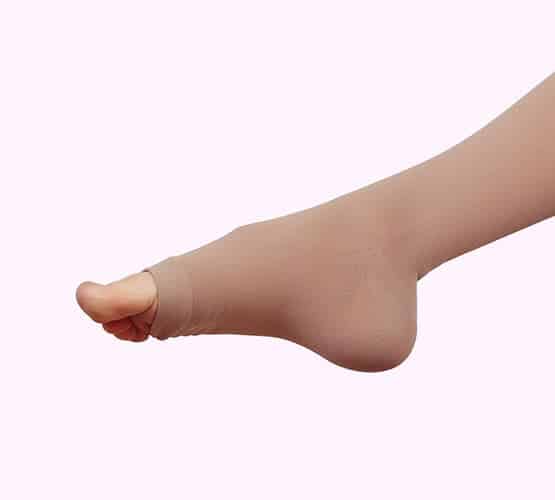Spider Veins
Overview
What Are Spider Veins?
Spider veins typically appear in a spiderweb-like pattern on the lower limbs. These red, blue, or purple clusters are often caused by a backup of blood in capillaries or supporting veins, a problem called venous insufficiency. Known medically as telangiectasias, spider veins are essentially broken superficial blood vessels, which is why you can see them at the surface of your skin.
What Causes Spider Veins?
Beneath the broken valve, the vein begins to swell with pressure, forcing the formation of new vein threads called spider veins. Spider veins are incredibly common, occurring in roughly half of adults in America. Women are slightly more prone to telangiectasias, in part because hormones and pregnancy play a role. Some patients aren’t really bothered by spider veins, while others have significant symptoms of swelling, pain, restlessness, fatigue, cramping, or heaviness in their legs. Symptoms are often worse in those who don’t get enough exercise or who sit or stand for most of the day.
Who Is At Risk For Spider Veins?
What Causes Spider Veins?
What Are the Symptoms of Spider Veins?
How Do Doctors Treat Spider Veins?
What Is the Best Treatment for Spider Veins?
Treatment for spider veins is highly effective and proven safe, providing you choose the right vein doctor in New York. A qualified vein specialist will perform a complete analysis of both your symptoms and your venous anatomy. Learning what’s causing your spider veins is key in preventing a recurrence, particularly if venous insufficiency is involved.
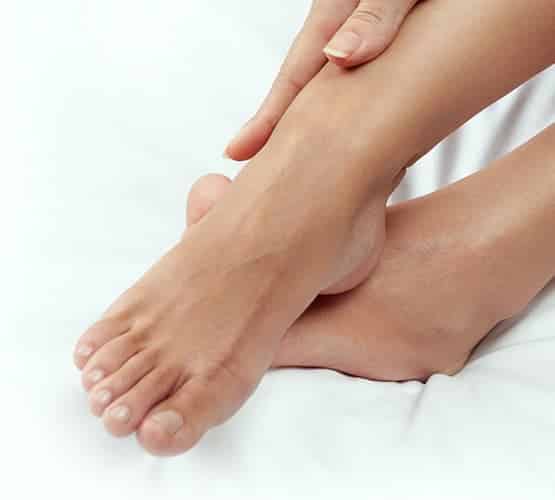
Sclerotherapy
Our vein doctors in NY state perform this procedure on-site without general anesthesia or downtime. Highly successful and reliable, this is a top choice for eliminating spider veins. Doctors inject an irritant into the defective vein which prompts its collapse and closure.
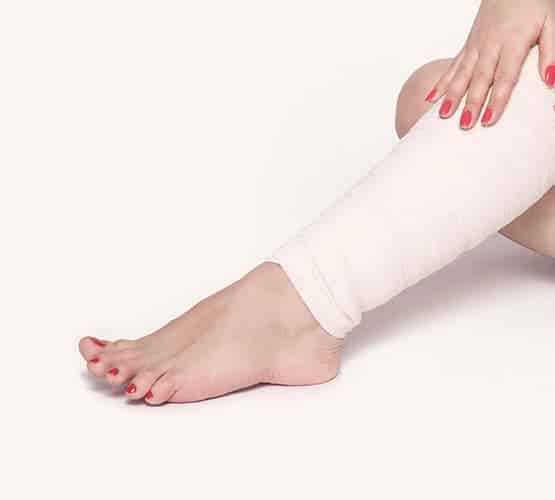
Radiofrequency Ablation
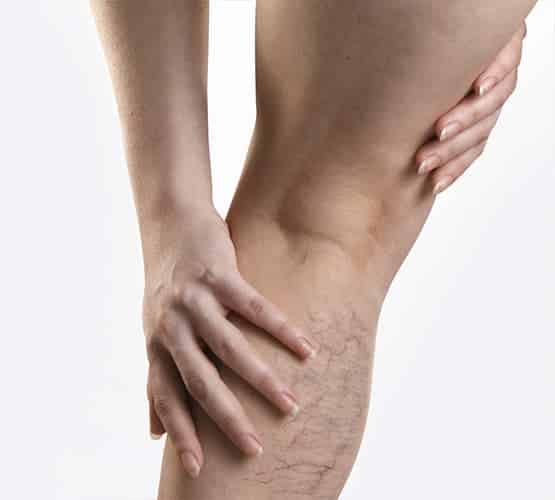
Endоvеnоuѕ Lаѕеr
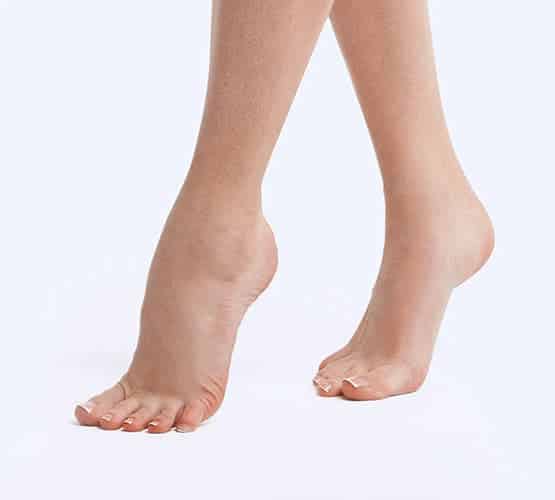
Laser Therapy

Daily Exercise
